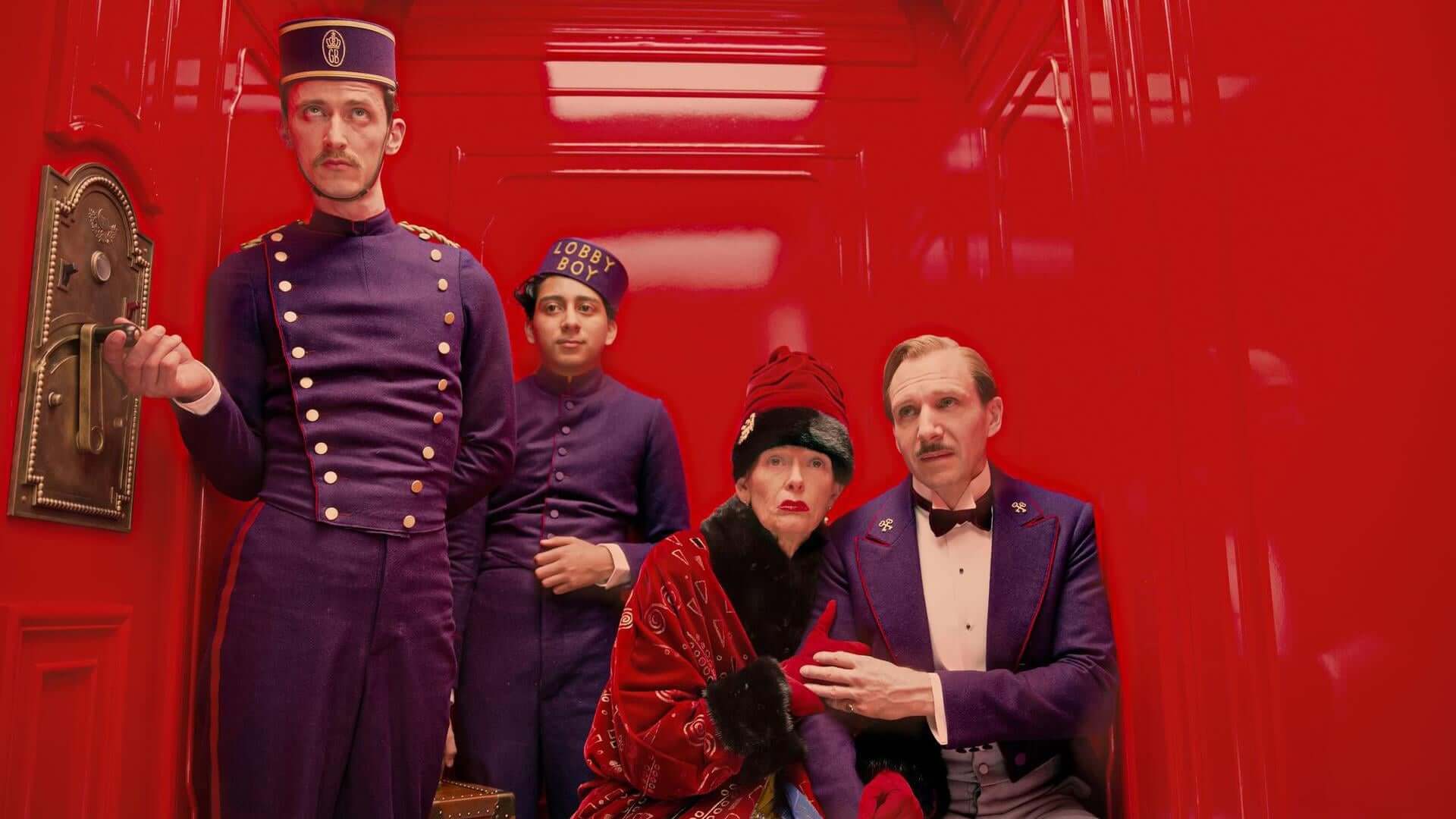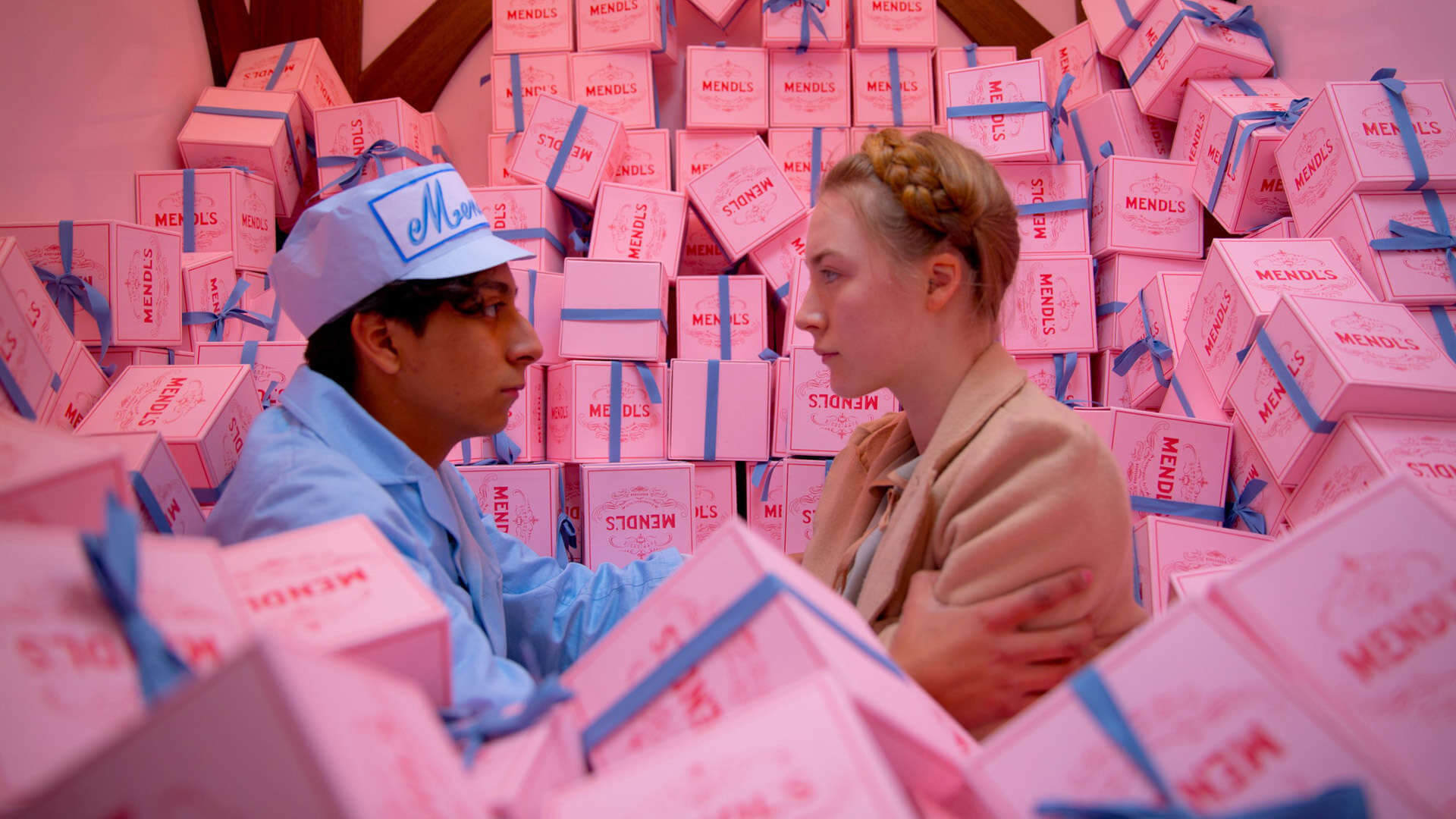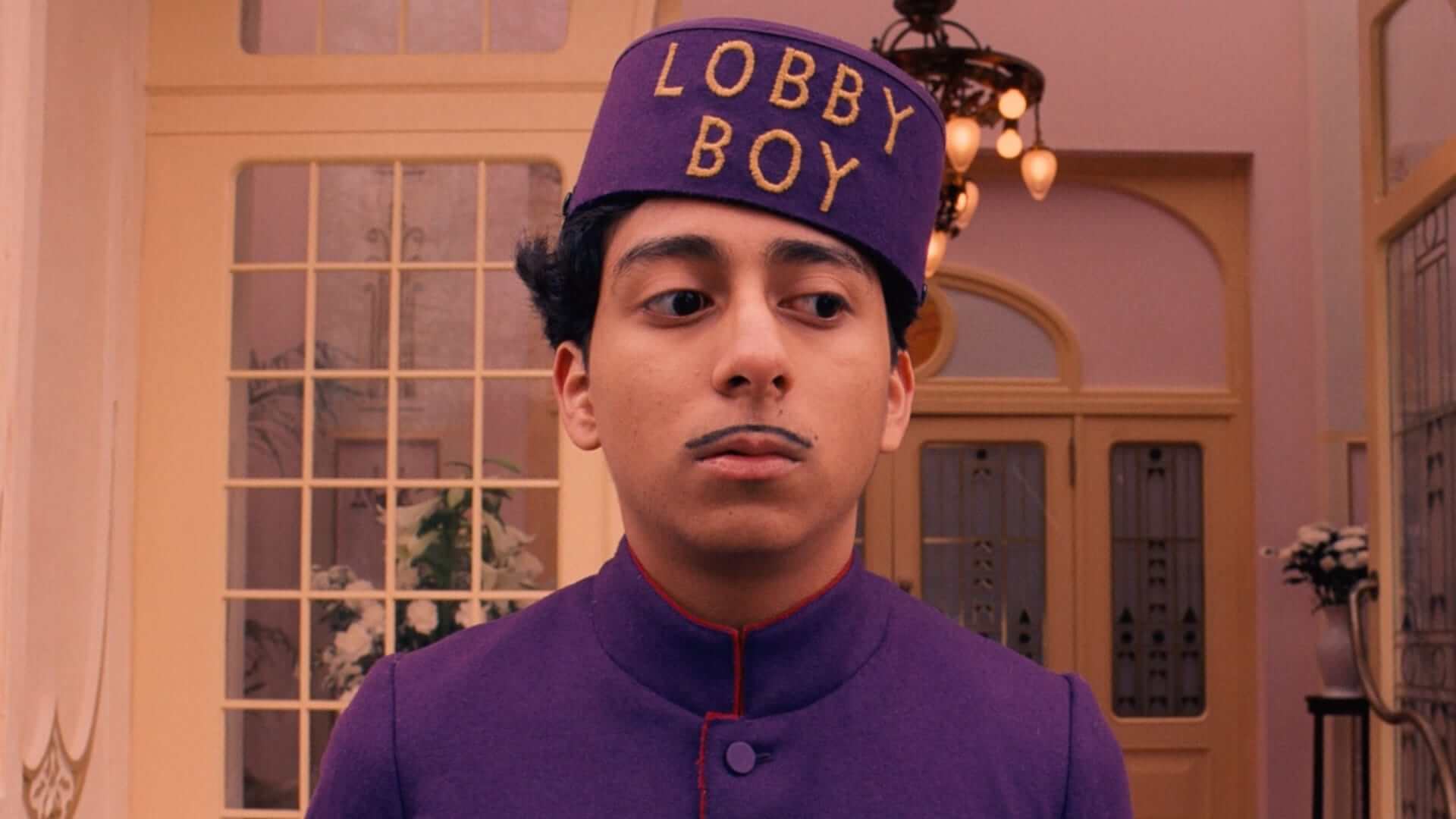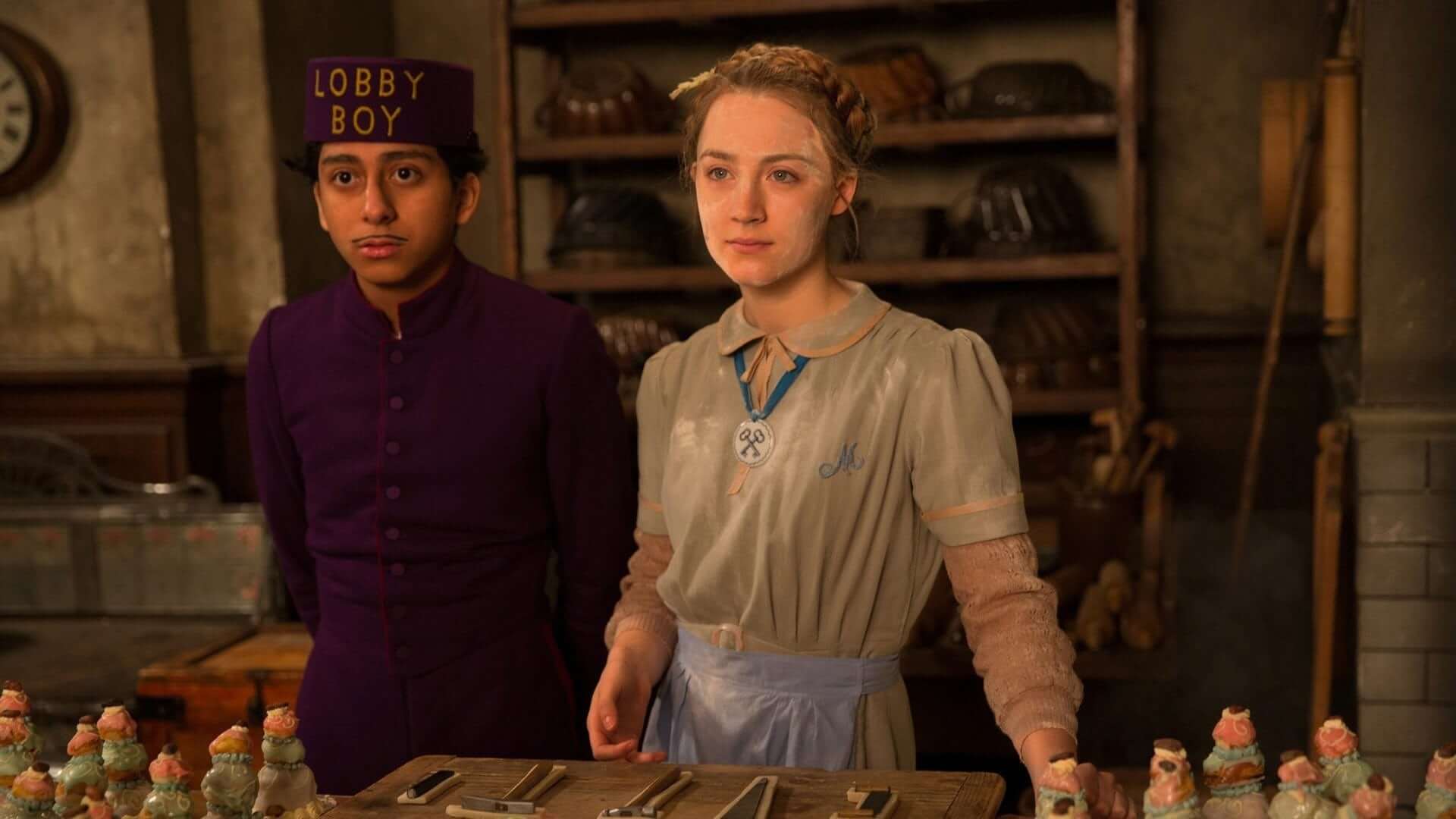The Grand Budapest Hotel is the 2014 film directed by the critically acclaimed filmmaker Wes Anderson. The meat of the film is buried in several layers of stories. Set in and around The Grand Budapest Hotel, a fictional resort, in the 1930s, it follows Zero Moustafa and his employer-come-mentor, M. Gustave as they are entangled in a web of the treachery surrounding a priceless painting.

The Hungry Hungry Hotel. Wes Anderson — as usual, creates a whimsical and wonderful world. Or should I say worlds? Each story exists within another and so each world slips under another one. With this in mind, each world Anderson creates is distinct and deliberate. The world of the aged Mr. Moustafa and The Author is flat, unexciting, and deteriorating. Compared to the vibrancy of the world Mr. Moustafa describes his youth in, this world is somewhat less colorful and darker. The composition and movement in the frame are an indication of the desolate and dire state of The Grand Budapest Hotel. Mr. Moustafa’s story of his youth, however, is rendered in brilliant colors, swift and unrealistic movements, and wonderful symmetry. All in a 4:3 aspect ratio. I love this because it communicates so much about the world and Mr. Moustafa without resorting to dialogue or inserts of exposition. The 4:3 aspect ratio not only creates some fantastic images but helps cement the story into the period it was set in. The symmetry, vibrancy, and overall storybook feel tell us about Mr. Moustafa’s infatuation with the past. He remembers it as perfect and beautiful, and I have to agree with him. It is.

“I go to bed with all my friends.” The vast bulk of the film takes place in the, almost, fantasy world of Mr. Moustafa’s creation. As such, like the visuals, the characters are exaggerated and outlandish. From cartoonishly violent, to overly friendly to brilliantly charming the characters seem to physically throw themselves out of the screen and forcibly etch themselves in one's memory. Each character is so beautifully simple until, for a moment, complexity shows itself. It’s in these moments where the characters stop being caricatures and become people the film shines. These moments are endearing, heartbreaking, and chilling. The performances echo this idea too. For the most part, they are flamboyant and exaggerated, though when the film jumps to Mr. Moustafa, old and alone, whose performance is restrained, the contrast again creates meaning without explicit communication of it.

Feeling buffet. The sheer selection of emotion the film offers is amazing. Whether it be side-splittingly hilarious or heart-wrenchingly sad, the film has so much to it. What’s more, it never feels out of place or poorly judged. The film seamlessly swings from elation to panic, from relief to sadness from this to that, you get my point. This versatility is only matched by the performances Ralph Fiennes and Tony Revolori give. Both are amazing in their roles and adapt to every shift in tone with ease and finesse.
Boy With (Rotten) Apple. While the film is a fun romp in a whimsical rendition of 1930’s Europe, there are dark undertones that pollute those happy lands. Whether it be mentions of war or great illness — the film’s main story appears heavily doctored, so these darker elements are sidelined. I should say this is not a complaint. This, if anything, is what makes me love the film so much. As the story is told through the memory of Mr. Moustafa, what he hides from the viewer and how he chooses to tell the story tells us so much about him and how experienced his past. It’s wonderful, complex and so well crafted. Themes of friendship, belonging, memory, and love are effortlessly weaved into the tale.

Easy on the eyes and even easier to love.
A rare and beautiful film.

Watch The Grand Budapest Hotel Now
Buy the Criterion Collection release of The Grand Budapest Hotel
